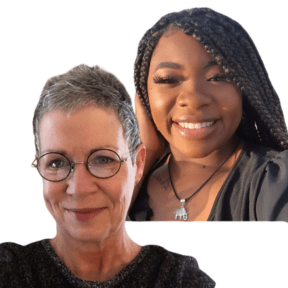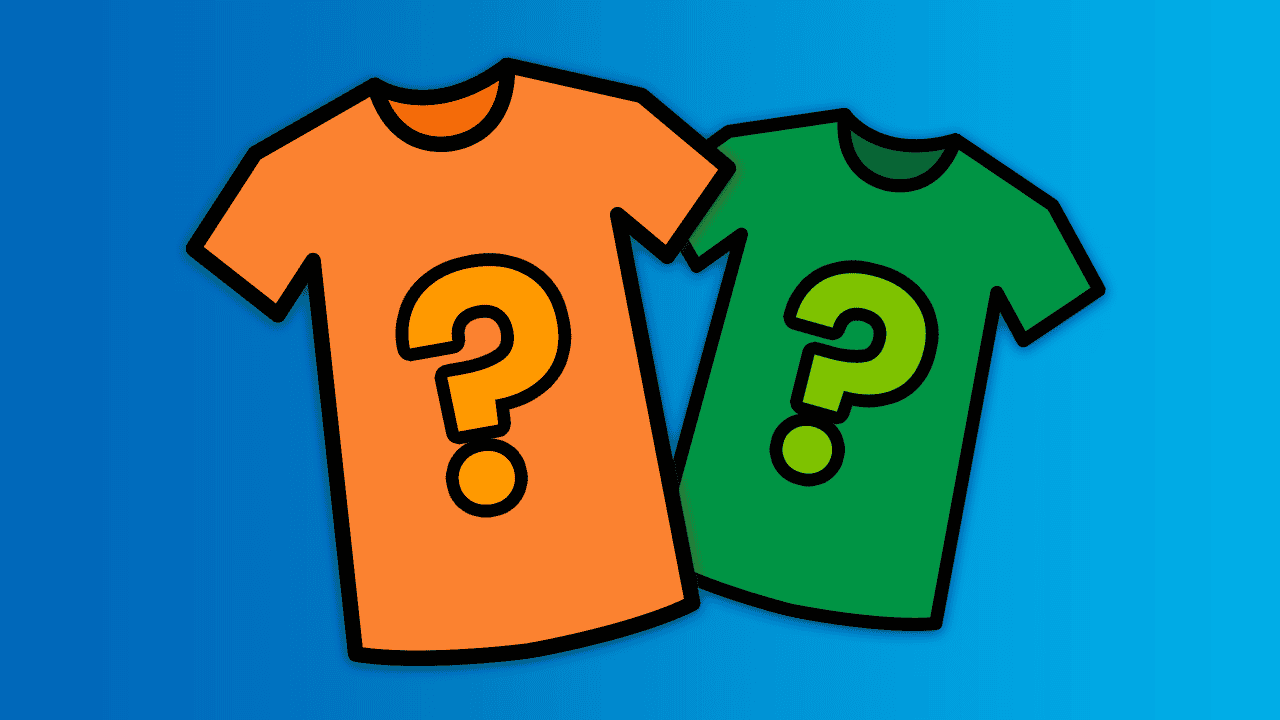Supporting students’ exploration of identity
An important component of working with unique learners is supporting their exploration of their identity to increase the self‑awareness that leads to self‑management and self‑determination. Similarly, students learning English need to cultivate a strong sense of self, remaining connected to their culture while studying a new language. Exploring identity begins by looking at aspects of life that inform how a person sees themselves. Creating classrooms where students feel safe to be themselves begins with the hidden curriculum.
What is the hidden curriculum?
The hidden curriculum refers to the messages sent to students through school operations that imply norms and values. Search engine results for this term reveal many examples and definitions. The hidden curriculum comes in multiple forms, including values and perspectives that are communicated through the culture of the school and the process of schooling. Students learn what is accepted and considered appropriate often through the subtlety and nuances of curriculum and signage.
Supporting students’ sense of self and belonging
The visuals in classrooms and schools communicate shared values about what is beautiful, “normal,” and acceptable. When students see themselves represented in these images, it supports their sense of self and belonging. As educators, we have the ability to strengthen students’ pride in who they are as individuals through the images we post and use in our classrooms.
Visual supports are one element of the hidden curriculum that is fundamental to skill development and independence. These supports come in many forms, including daily schedules, task analyses, and environmental prompts. We use visual prompts to support skill development and predictability in the classroom environment. Visual supports are more than mere prompts; they are often representations of the students themselves. Using symbols in the development of visual supports allows for individualization of prompts, which enables students to see themselves in those representations.
Creating visuals for classroom use
When developing signage for the classroom, be sure to include images of people from cultures and ethnicities who represent not only the students in the classroom but people in the school and community at large. Use a spectrum of skin tones when representing professionals like chefs, teachers, therapists, essential workers, medical providers, and first responders. Make sure images of workers act as mirrors for students to use to visualize themselves as future employees.
If your resources allow it, customization of character symbols with a spectrum of skin tones allows more diversity in representation. Give students the opportunity to select the skin tone used for symbols when developing visual schedules and task analyses. Teachers should not assume they know how students identify. Students may come from multiracial, multicultural homes and communities. They should have the opportunity to be represented in the same way they see themselves. Allowing students to choose the skin tone for symbols provides opportunities for students to express their racial identity.
Be reflective when creating a safe environment
The hidden curriculum is controlled in classrooms by teachers and reinforced by paraprofessionals and service providers. Teachers are leaders in creating classrooms where students feel safe to express themselves and learn. Taking time to reflect on practices that support student self-awareness has a profound impact on individual students and the classroom community. Look around and ask yourself questions such as:
- What do the visuals in my classroom communicate to my students?
- Is there one skin tone or culture represented more than others?
- Do my students see themselves represented in the practices and celebrations of their learning community?
- Does the life of the classroom mirror the leader’s culture or the students’?
The importance of family engagement
Knowing students’ families provides insight into cultural practices that can be incorporated into both the content and hidden curriculum. In-person meetings with families can be difficult to schedule for a variety of reasons, from varied workday schedules to health concerns. Videoconferencing is an alternative that is gaining acceptance for family meetings and conferences. Providing a variety of ways to engage with families supports the development of classrooms that promote student diversity.
Embrace student diversity
Integration of student cultures into classroom life creates connections within learning. Comprehension of new content relies much on prior knowledge and experiences. When students’ cultures are included, they can see themselves in the curriculum. Consider teaching students skills used in cooking. If recipes tried at school incorporate food items like those prepared in student homes, the learners have prior knowledge of how the food smells, looks, and tastes. Sharing food and recipes is a natural way for sharing culture. Students can teach their classmates about foods of their families, broadening life experiences and creating an environment where all students feel valued.
Task analyses for daily living should mirror how tasks are completed at home. For example, there are many ways to fold towels. Task analyses for this should be individualized for each student based on how their families fold towels at home. Including families in the development of task analysis is programming for generalization. Folding towels may seem insignificant, but it reflects a person’s home. Demonstrating how to fold towels in a number of ways is an example of showing how people live differently. Just as one task analysis for folding towels does not meet the needs of every student, one tone in the symbols used for visual support does not represent every child.
There are many aspects to creating respectful, inclusive classrooms. When students see themselves represented, from visuals to learning to cook their favorite foods, identity matters. The world is full of color, and the learners in our classrooms represent the many shades of the world. From toys to images and symbols, every person of color looks to find examples of themselves. People of all races deserve the full experience of relating to stories and objects. A resource such as SymbolStix PRIME provides advocacy by giving equal opportunity of representation to an audience of diverse storytellers, readers, and students.



